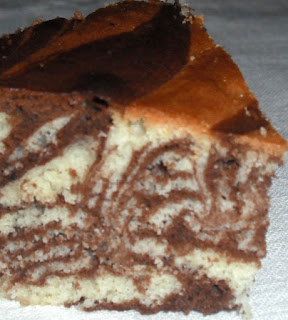Inji puli or puli inji has a prominent or rather a permanent space in the onasadya alongwith the pickles. I have had this in massive amount when I was a kid, when my mother’s friend used to make it for Onam and send a pack of it for further season’s relish.
The making of Inji puli has however remained a quest with me since I did not have the confidence that I can come out with the same taste. Once I bought a readymade version which didn’t taste as good as the aunt made one.
Last Onam, I just set out on a trial of Inji Puli beginning with a recipe search on the web and I was astonished to find about 10 – 12 variants. So I had to pick the ingredients to bring out the same old taste and the result was almost the same but not exactly the same…. : - ) …….
…ingredients that went into the making…
Ginger, cubed into tiny pieces – 5 tbsp
Tamarind – 2 tbsp (mix with water and make a pulp)
Jaggery, grated – 2-3 tbsp (adjust according to preferred sweetness, you can keep adding and tasting)
Oil – 2 – 3 tbsp ( I used veg oil)
Mustard seeds – ¼ tsp
Green chillies – 2
Curry leaves – 5 leaves
Chilly powder – ½ tsp
Turmeric powder – 1 or 2 pinch
Salt – to taste
Rice flour – ¼ - ½ tsp
Yields 1 cup inji puli (as seen in the picture)
the method
Heat oil in a pan and add the mustard seeds. Add the ginger and let it fry. When three fourths done, add green chillies and curry leaves. Sauté for few seconds and add chilly and turmeric powder. Add the tamarind pulp and let it boil. Stir in the grated jaggery and salt and mix well. Let it boil. Mix the rice flour in 2-3 tbsp water to make a rice solution. Pour it into the ginger mixture. Boil it again until the mixture turns to a lightly semi- liquid/solid state. Taste it. Adjust taste and turn off heat. The inji puli will further solidify due to the addition of rice flour which also balances the sharp flavour of tamarind. Use it as a pickle with rice or serve as you please.








































